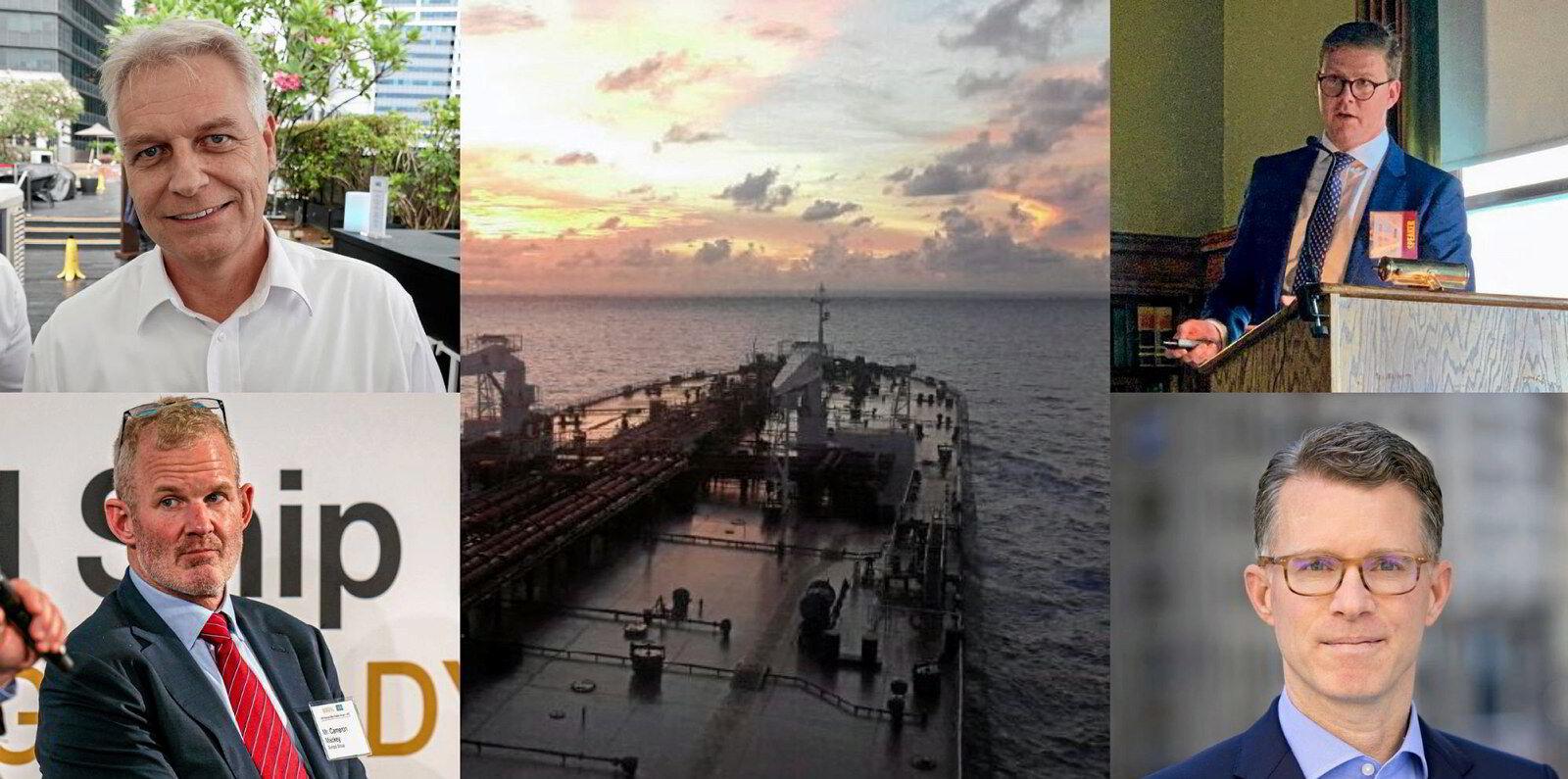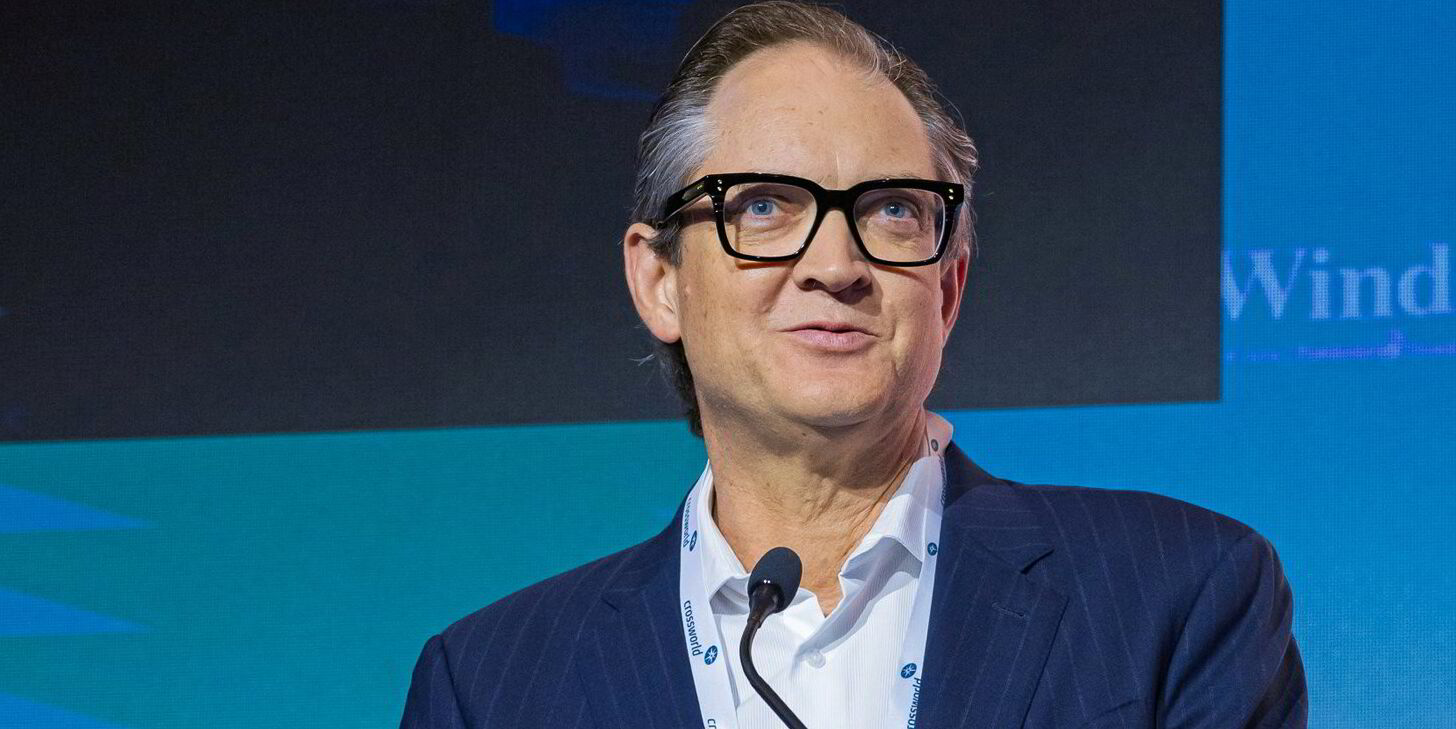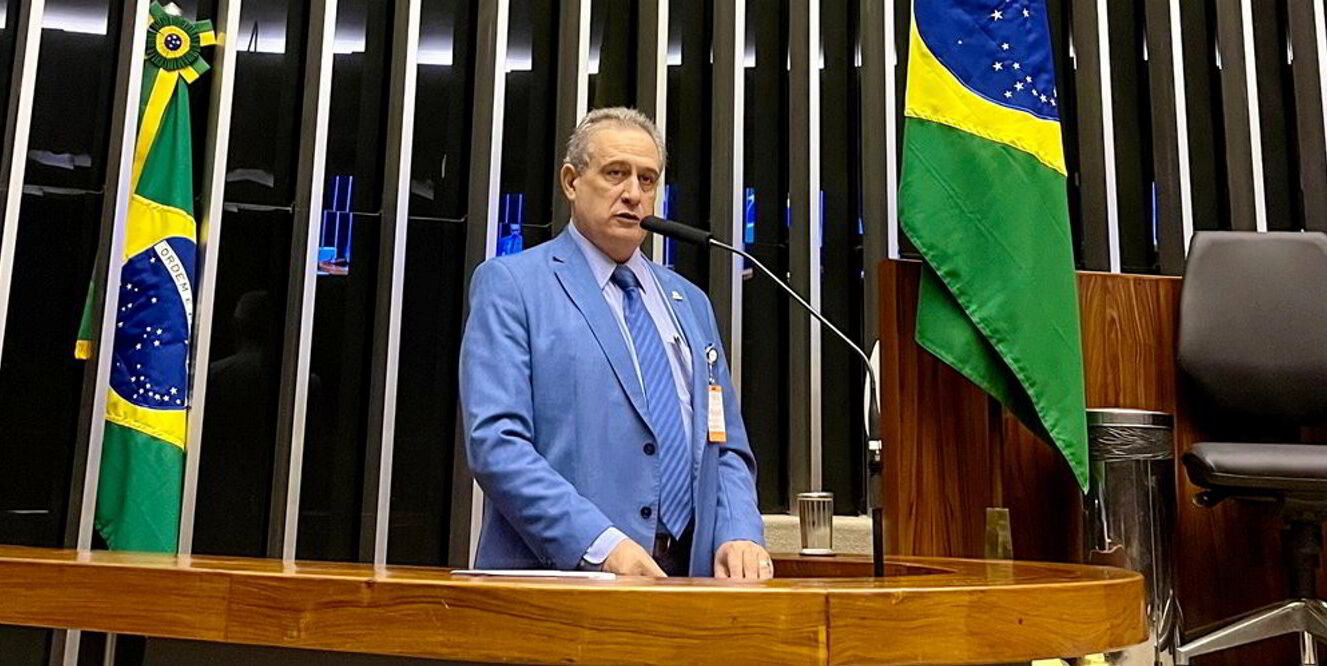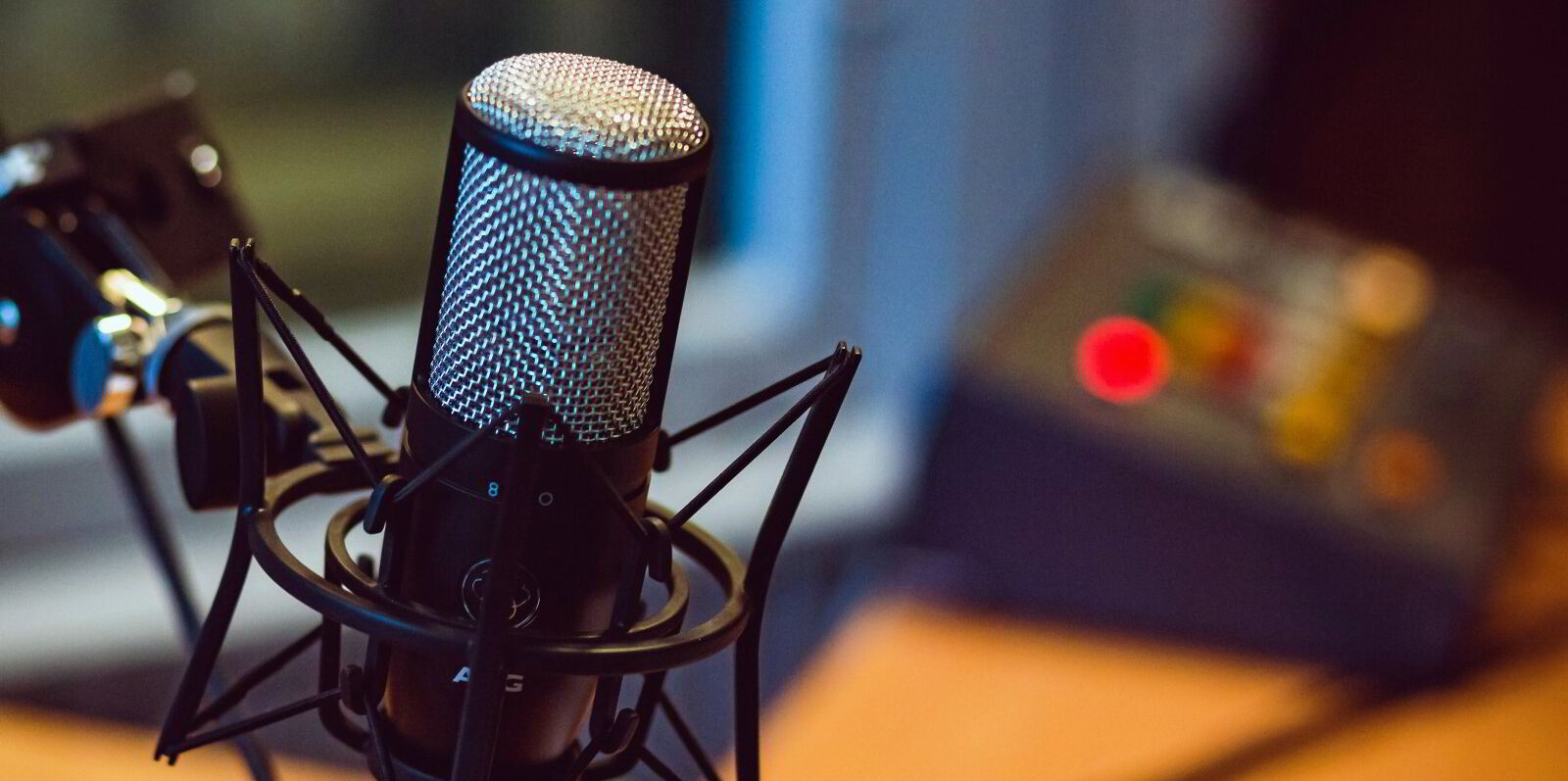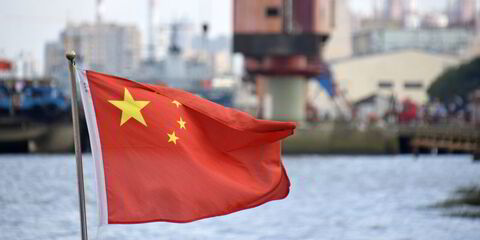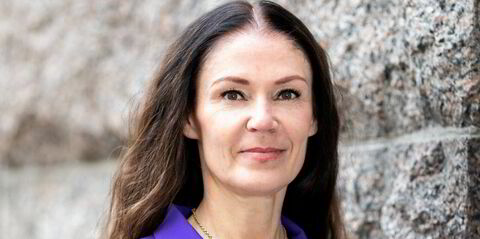The Houthi menace in the Red Sea has caused LR2 tankers that had shifted into the crude market to return to their clean product lane.
But amid a tightening aframax tanker market, tanker owners’ views differ on whether these LR2s will flip-flop back into crude.
Teekay Tankers chief executive Kevin Mackay told analysts in a recent conference call that he believes the shift of LR2s back into the clean products sector they were built for is here to stay for now, although not for the long term.
But Ardmore Shipping chief financial officer Bart Kelleher, who next month will add company president to his business card, believes a transition back to crude is coming.
Mackay said the Red Sea crisis has fuelled strong product carrier markets that have lured LR2s that were hauling crude back into clean trades, as a result of the longer tonne-miles involved in using the Cape of Good Hope to avoid the Suez Canal.
“Given the long-haul nature of these movements, the LR2 sector has been the primary beneficiary from these diversions, with elevated spot rates in the first half of the year in that segment,” he said.
“As a result, a number of LR2s were switched from trading crude oil to clean products, with the clean trading LR2 fleet increasing by between 30 and 35 vessels since the start of the year.”
But Mackay said that trend has had a knock-on effect by tightening vessel supply in the aframax crude tanker sector, elevating both markets.
That led an analyst to ask whether the LR2s’ shift into crude would be sustained.
Fungible, flexible assets
“Our view is the LR2 vessel is a fungible asset. It can move between crude and clean, depending on earnings. And that’s certainly how we look at those ships, and that’s how we’ve been deploying them,” Mackay said.
But he said he does not see this as a temporary phenomenon that will see ships move back over the intermediate term. “Over a longer period of time, yes.”
After all, New York-listed Teekay Tankers, a spin-off of Canada’s Teekay Corp, still has half of its LR2s carrying crude.
An LR2 — an aframax-size ship that is coated to be able to carry gasoline and other clean oil products — is in a way both a product tanker and a crude tanker, although the frequency of switching is limited by cleaning costs.
And tanker owners explain that this is the reason why there are fewer aframax crude tankers around than there used to be.
James Doyle, Scorpio Tankers’ head of corporate development, told analysts in his company’s earnings call that before 2010, aframaxes made up a larger share of ship orders than LR2s.
“Since then, and especially recently, owners have increasingly opted for coated LR2 vessels because of the optionality to trade both crude and products,” he said.
“However, the increase in LR2 orders has come at the cost of aframax vessels, and thus declining aframax growth will require LR2s to continue to service the larger crude oil market.”
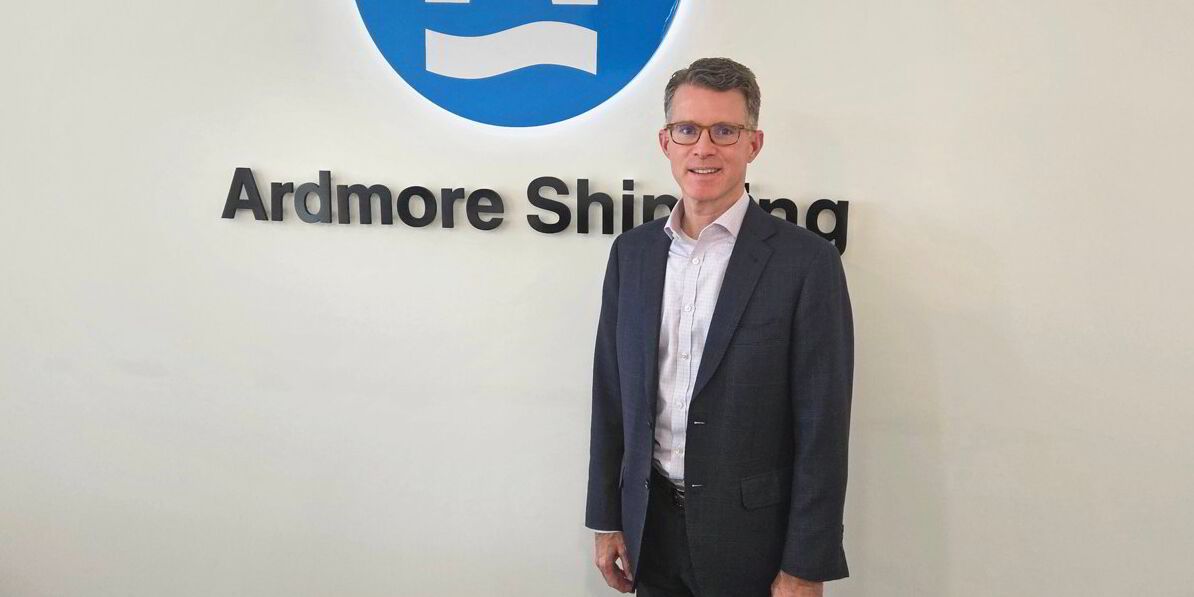
A company making an order has to choose between an aframax tanker that is cheaper but locked into the crude trade, or a more flexible product tanker. Shipowners have been choosing flexibility, ordering LR2s in greater numbers than pure-play aframaxes.
But aframax crude tankers, already benefiting from longer tonne-miles since Russia invaded Ukraine, have received a new boost in the form of Western Canada’s Trans Mountain Expansion project.
Small orderbook
“With the overall product tanker orderbook standing at 17% of the current fleet, it’s important to re-emphasise that the impact of the lack of aframax crude tanker newbuildings has on the overall product tanker orderbook,” Kelleher said in Ardmore’s conference call.
“Currently, the aframax crude tanker fleet is shrinking, while still experiencing demand expansion, including some notable growth as a result of the Trans Mountain Pipeline.”
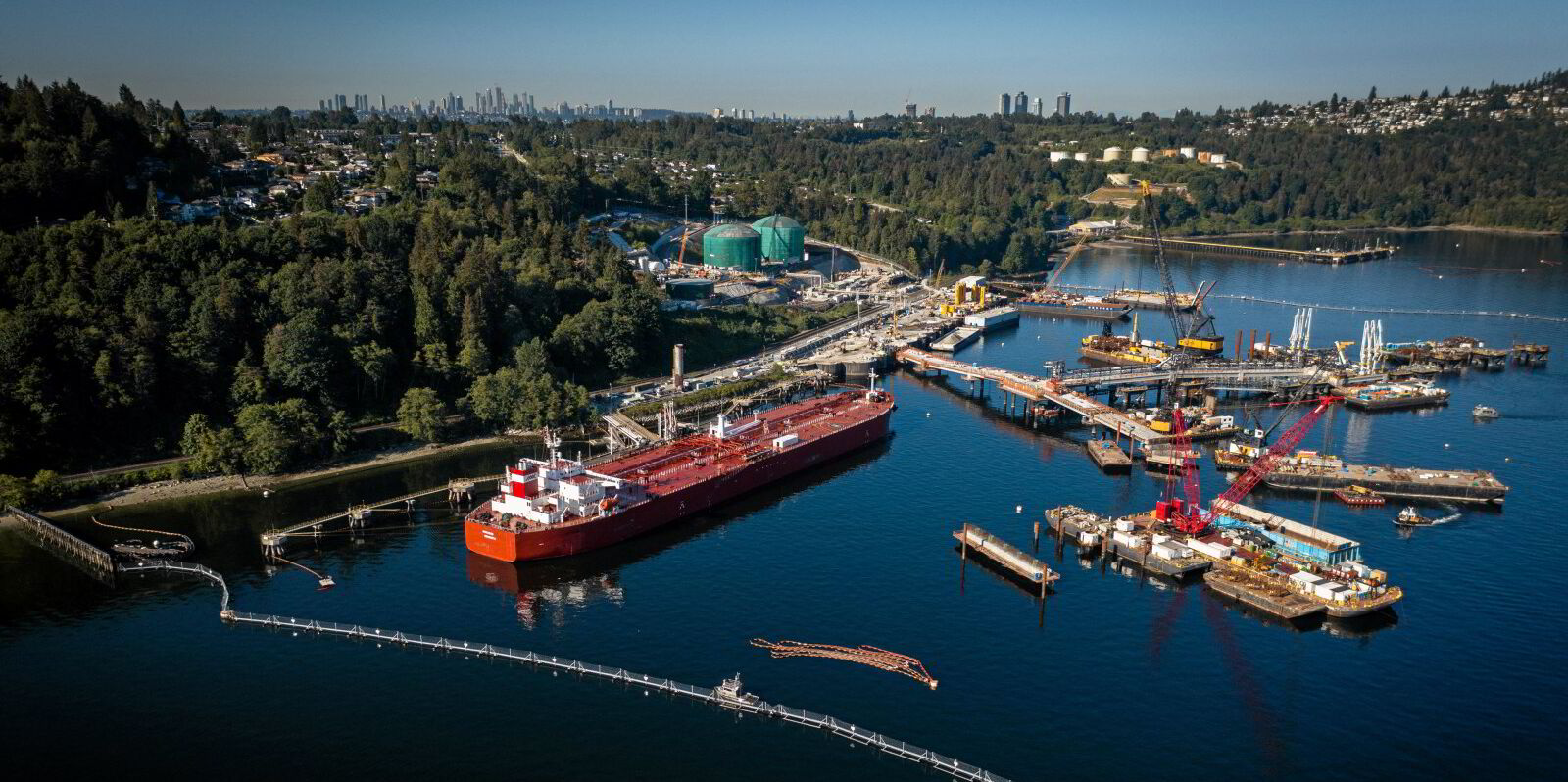
He said that this implies that an increasing proportion of LR2s, probably the older ones, will transition to crude trades to make up for the aframax shortfall.
In reality, the factors that are propping up LR2s in the product trades and the aframax crude are lifting all vessels — or at least both types.
And on the ship supply side, Doyle pointed out that the combined orderbook of LR2s and aframaxes is still just 14%, well below the 30% to 40% levels that were seen the last time rates were this high.
There have also been crude tankers dipping into the product market, although this has primarily been a suezmax phenomenon.
But Scorpio chief operating officer Cameron Mackey said this requires a bigger cleaning investment and involves traders that ultimately want to return ships to their owners in a clean condition.
“Whether it’s a single voyage or several voyages, it has historically been a temporary thing and not ships cleaning up for long periods of time,” he said.
